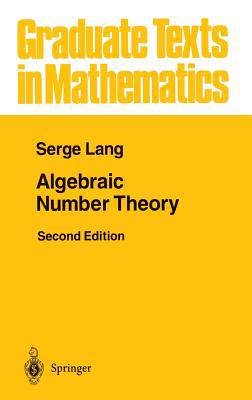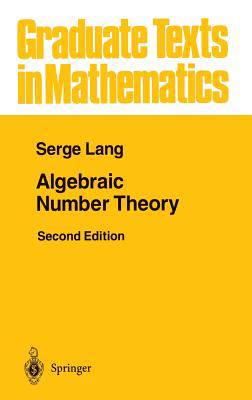
- Afhalen na 1 uur in een winkel met voorraad
- Gratis thuislevering in België vanaf € 30
- Ruim aanbod met 7 miljoen producten
- Afhalen na 1 uur in een winkel met voorraad
- Gratis thuislevering in België vanaf € 30
- Ruim aanbod met 7 miljoen producten
Zoeken
€ 60,73
+ 121 punten
Uitvoering
Omschrijving
This is a second edition of Lang's well-known textbook. It covers all of the basic material of classical algebraic number theory, giving the student the background necessary for the study of further topics in algebraic number theory, such as cyclotomic fields, or modular forms. Part I introduces some of the basic ideas of the theory: number fields, ideal classes, ideles and adeles, and zeta functions. It also contains a version of a Riemann-Roch theorem in number fields, proved by Lang in the very first version of the book in the sixties. This version can now be seen as a precursor of Arakelov theory. Part II covers class field theory, and Part III is devoted to analytic methods, including an exposition of Tate's thesis, the Brauer-Siegel
Specificaties
Betrokkenen
- Auteur(s):
- Uitgeverij:
Inhoud
- Aantal bladzijden:
- 357
- Taal:
- Engels
- Reeks:
- Reeksnummer:
- nr. 110
Eigenschappen
- Productcode (EAN):
- 9780387942254
- Verschijningsdatum:
- 24/06/1994
- Uitvoering:
- Hardcover
- Formaat:
- Genaaid
- Afmetingen:
- 163 mm x 240 mm
- Gewicht:
- 644 g

Alleen bij Standaard Boekhandel
+ 121 punten op je klantenkaart van Standaard Boekhandel
Beoordelingen
We publiceren alleen reviews die voldoen aan de voorwaarden voor reviews. Bekijk onze voorwaarden voor reviews.











